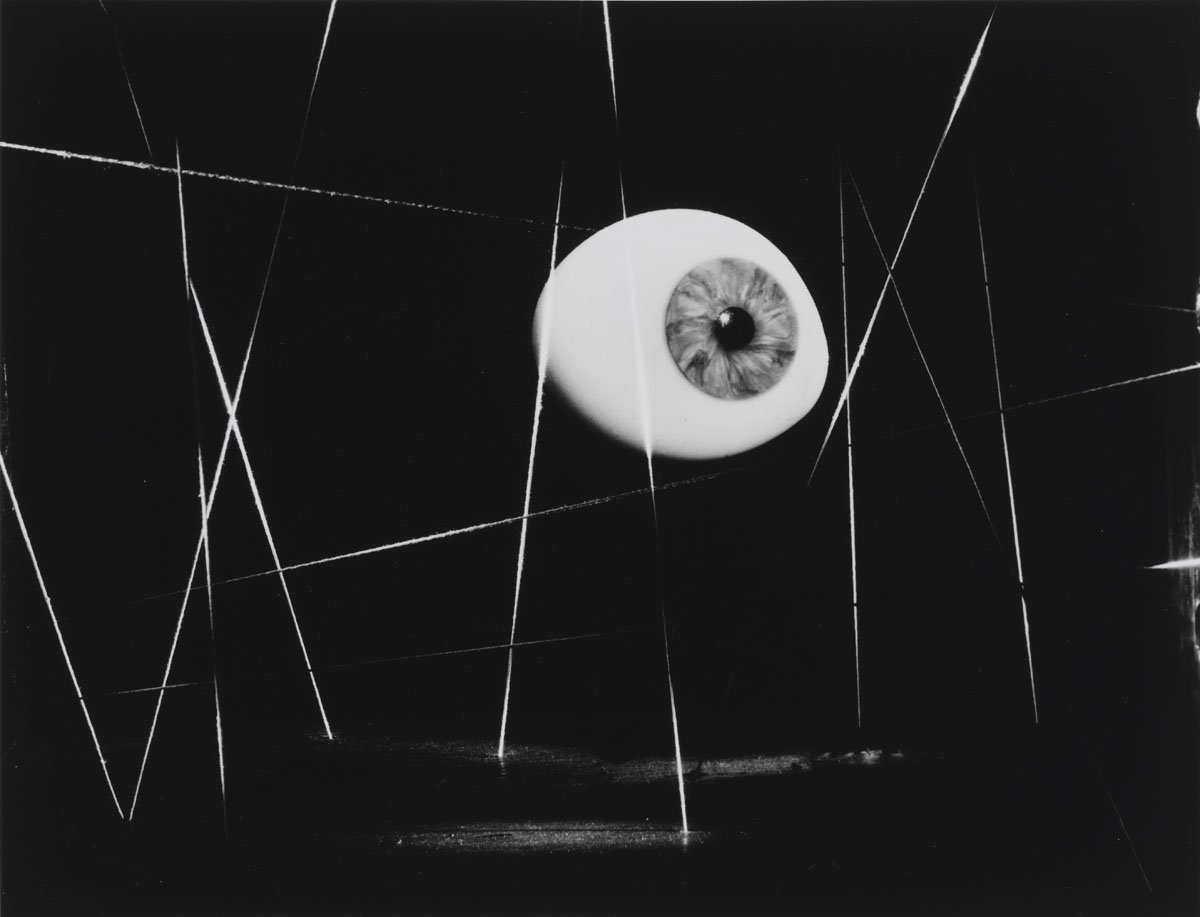
Eye and String
Department of Art after 1800
| Artist | |
|---|---|
| Culture | German |
| Date | ca. 1900 |
| Object type | painting |
| Medium, technique | oil on canvas |
| Dimensions | 43.4 x 61 cm |
| Inventory number | 291.B |
| Collection | Department of Art after 1800 |
| On view | This artwork is not on display |
Fritz von Uhde was a pioneer of German realism and plein-air painting, who built his fame on religiously themed paintings. He strove to convey social messages in his works, so he depicted his biblical figures as simple people in poor peasant surroundings. Although realism had by this time found its way into religious art, in practice the clergy and the churchgoing laity still insisted on traditional schemes for holy pictures. Uhde’s paintings were therefore controversial in church circles: critics accused him of creating the Christ of the fourth estate, of degrading the saints into proletarians. His most outstanding follower in Hungarian art was Károly Ferenczy.
Uhde’s fondness for religious painting was nurtured by his family, his father being a senior member of the Lutheran church. Despite this, Uhde only became a professional painter at a relatively late age. He originally served as an officer in the Saxon army, but even then he painted battle scenes, deriving inspiration from the Franco-Prussian War that broke out in 1870. After the war he moved to Munich, where he met Mihály Munkácsy. The Hungarian painter took Uhde under his wing, inviting him to Paris, where he shared his studio with him and offered him advice and guidance. It was from the Hungarian master that the young artist learnt always to paint after a model, and he also copied Munkácsy’s methods of mixing and applying colours.
Uhde later abandoned his absolute insistence on Munkácsy’s manner of painting, and he sought to become the counterpole of the aesthetic and artistic ideals embodied by Hans Makart. His main sources of inspiration now came from the Frenchman Jules Bastien-Lepage, the German Max Liebermann, and Dutch art, which led Uhde towards richer, more airy tones and the use of natural lighting in his colours. It was through Uhde that the practice of plein-air painting became widely adopted in Germany. With the help of light, he brought a sense of nobility to his biblical figures, as exemplified by his painting of The Entombment of Christ, now in the Collection of International Art after 1800.
The painting entered the Museum of Fine Arts in 1912 from the estate of Count Dénes Andrássy. Uhde painted the work around 1894, probably as a sketch for the larger final version held by the Museum Bautzen. The Deposition of Christ in the Tomb has always been an important motif in Christian art. Painters traditionally depicted the moment when John, Joseph of Arimathea and Nicodemus place Christ’s body into a stone tomb, or in later versions, into a stone sarcophagus. Uhde deviated from this tradition, concentrating instead on the funeral procession leading to the grave. The dramatic effect of the scene is heightened by the weeping women of Galilee accompanying the cortege, and by the torchlight illuminating the Redeemer’s body. The Virgin Mary is visible in the background, dressed in a blue cape.
Bianka Boda
Peregriny, János, Az Országos Magyar Szépművészeti Múzeum állagai. 3.rész, Új szerzemények. 3. füzet: a, Plastikai művek; b, Az 1913. évi szerzemények; c, Kifüggesztésre, elhelyezésre és kezelésre vonatkozó adatok: d, Sorszámszerinti jegyzék; e, Tárgymutató; f, Javítások; g, Tartalomjegyzék, Országos Magyar Szépművészeti Múzeum, Budapest, 1915.
This record is subject to revision due to ongoing research.